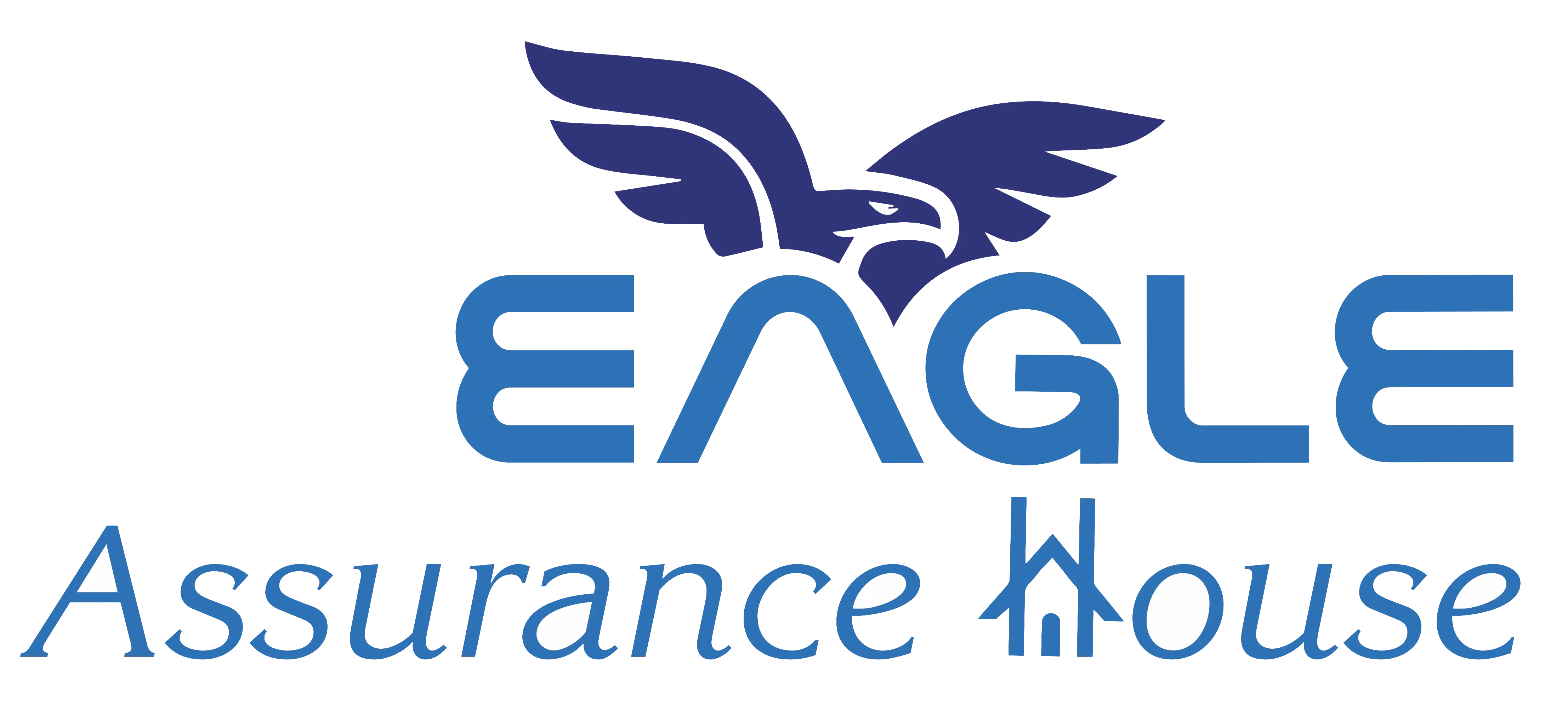
How QA Inspections Can Turn Quality Control into Cost Control







In today’s competitive marketplace, businesses across industries are constantly seeking ways to reduce operational costs without sacrificing quality. One of the most effective, yet often overlooked, methods is through Quality Assurance (QA) inspections. When done properly, QA inspections not only ensure product reliability but also help in identifying areas where efficiency can be improved, leading to significant cost savings. In industries such as manufacturing, electronics, and especially construction materials like tiles, an efficient QA process can be the difference between thriving and struggling in the marketplace.
we will explore how effective QA inspections can help cut costs while maintaining high-quality standards.

One of the largest contributors to increased costs in manufacturing is product defects. When defective products make it to the later stages of production or even to the customer, they can lead to significant financial losses in terms of returns, repairs, or replacements.
How QA Inspections Help:
Effective QA inspections ensure that issues are caught early in the production process, significantly reducing the number of defective units. By conducting in-process inspections, businesses can identify problems before they result in entire batches of defective products. This proactive approach minimizes waste, saving both time and resources.
Cost-Saving Impact:
Less waste means reduced costs on raw materials, fewer returns, and lower overhead related to correcting defects. This streamlines production and improves overall profitability.
Inefficient processes or outdated machinery often lead to higher production costs. Without routine QA inspections, it’s easy to overlook inefficiencies that may be costing the business money. In sectors such as porcelain tile manufacturing or electronics, where precision is crucial, even a slight deviation from optimal production standards can have financial consequences.
How QA Inspections Help:
Through thorough inspections, businesses can identify operational inefficiencies, such as outdated equipment or inconsistent processes that affect product quality. By using QA as a tool to monitor production systems, companies can make data-driven decisions about where to invest in upgrades or streamline workflows.
Cost-Saving Impact:
Regular QA inspections can uncover areas where improvements can be made, leading to reduced labor costs, faster production times, and less downtime due to equipment failure.
Reworking defective or non-conforming products consumes valuable time, labor, and resources. Rework often requires reallocation of staff and delays in production schedules, both of which increase operational costs.
How QA Inspections Help:
By implementing a robust QA system, problems can be identified and corrected early in the process, reducing the need for rework. Pre-production and in-process inspections ensure that defects are caught before they progress through the production line, thereby minimizing the amount of rework required and limiting downtime.
Cost-Saving Impact:
Less rework means more efficient use of labor, reduced production bottlenecks, and a smoother workflow, which translates to lower overall costs.
A poorly managed supply chain often leads to overproduction, delays, or defective materials being used in production, all of which can drive up costs. In industries like construction materials or consumer goods, the quality of raw materials directly impacts the final product.
How QA Inspections Help:
By integrating QA inspections into the supply chain process, companies can ensure that raw materials and components meet specific quality standards before they enter the production process. This reduces the risk of costly production delays or rework due to substandard inputs.
Cost-Saving Impact:
Ensuring quality at every stage of the supply chain helps reduce overstocking, avoid material wastage, and eliminate delays, leading to optimized inventory management and lower storage costs.
Unhappy customers lead to product returns, which not only result in lost sales but also incur additional costs for shipping, handling, and replacement. A company’s reputation can also suffer, potentially reducing future sales opportunities.
How QA Inspections Help:
Effective QA inspections ensure that only high-quality products reach the customer. This significantly reduces the likelihood of returns and improves customer satisfaction, as customers receive the product they expect, free of defects.
Cost-Saving Impact:
Fewer returns and replacements mean direct savings in logistics and operational costs. Happy customers are also more likely to become repeat buyers, boosting long-term profitability.
Quality assurance inspections, when executed properly, are more than just a safety net—they are a cost-saving mechanism. By catching defects early, improving operational efficiency, and ensuring high standards across the supply chain, businesses can significantly reduce costs while maintaining or even improving product quality. In today’s fast-paced and cost-conscious environment, cutting costs through effective QA inspections is a smart strategy for businesses looking to stay competitive.